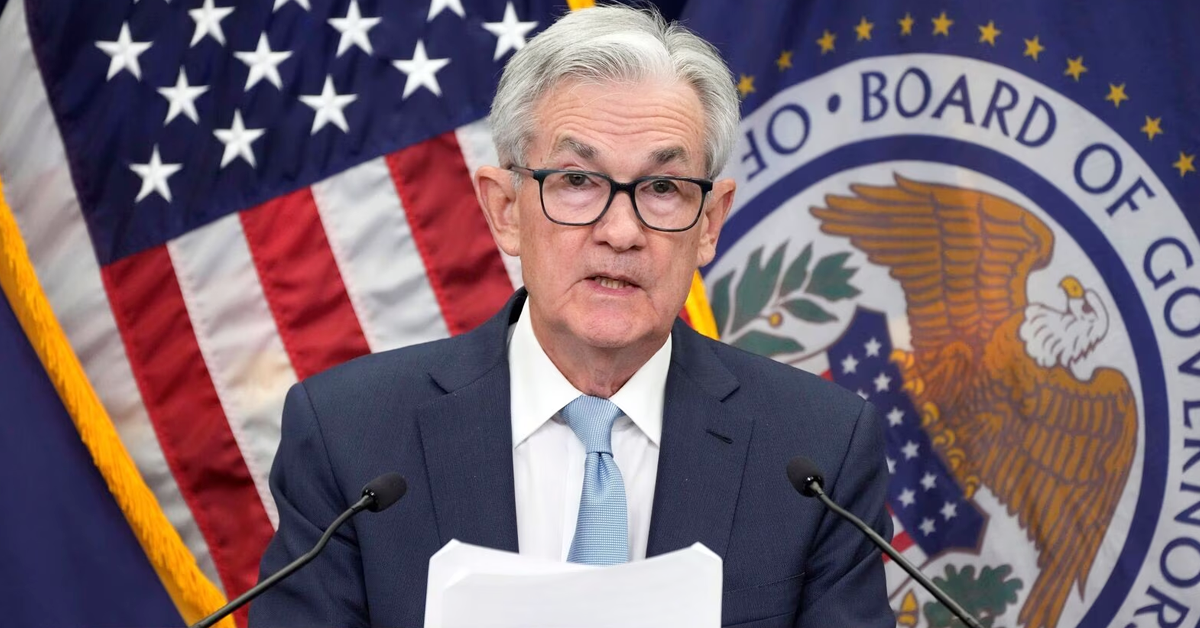Australian Dollar Rises on RBA’s Hawkish Stance
The Australian Dollar (AUD) surged on Wednesday, driven by the Reserve Bank of Australia’s (RBA) hawkish stance during its June meeting. The RBA’s decision to maintain current interest rates while signaling a prolonged period before any rate cuts has pushed market expectations for the start of the easing cycle to 2025. This outlook continues to support the AUD, providing it with significant upward momentum.
In contrast, the US Dollar (USD) is facing downward pressure due to weaker-than-expected Retail Sales data, which has increased the likelihood of the US Federal Reserve (Fed) cutting rates later this year. This data has undermined the Greenback across the board, adding to the AUD’s gains.
The US markets are closed on Wednesday in observance of Juneteenth National Independence Day, limiting immediate trading activity. However, investors are already looking ahead to the end of the week when the US S&P Global Manufacturing and Services PMI reports will be released. These reports are crucial indicators of US economic health, and any signs of expanding business activity could provide a lift to the USD, potentially capping the AUD’s current upward trend.
The RBA’s hawkish hold has been a significant factor in the AUD’s recent performance. By maintaining rates and signaling a delay in the easing cycle, the RBA has reinforced market confidence in the Australian economy. This stance contrasts with the Fed’s, which is increasingly seen as likely to implement rate cuts in response to softer economic data. The divergence in central bank policies is a key driver of the current currency movements.
In addition to central bank policies, economic data releases continue to play a pivotal role. The weaker US Retail Sales figures have cast doubt on the strength of the US economic recovery, fueling speculation about potential Fed rate cuts. Conversely, robust Australian economic data supports the RBA’s decision to hold rates steady and delay any easing.
Looking ahead, the focus will shift to the upcoming US PMI reports. Positive data indicating growth in US business activity could bolster the USD, limiting the AUD’s gains. However, if the data disappoints, it could further pressure the USD and support the AUD.
In summary, the Australian Dollar is benefiting from the RBA’s hawkish stance and weaker US economic data, which have shifted market expectations for both currencies. The upcoming US PMI reports will be crucial in determining the near-term direction for the AUD/USD pair.











